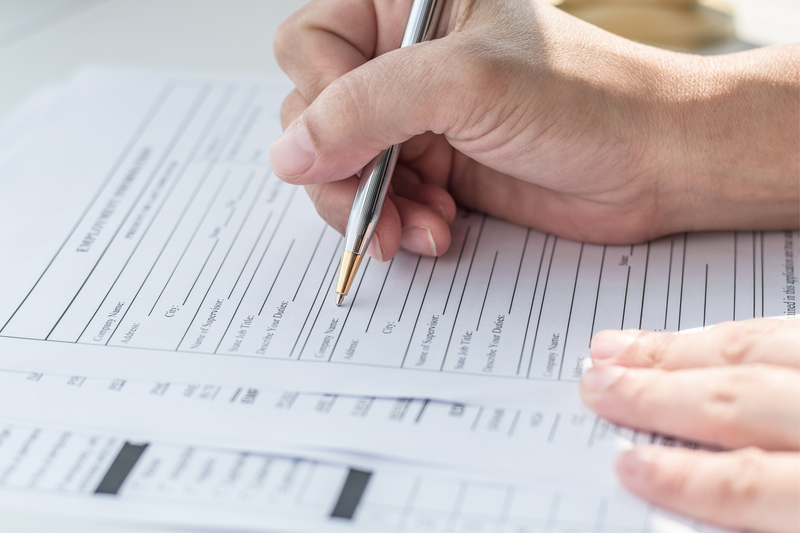How to Recycle Pots and Pans Without Harming the Environment
Recycling old household items is a major step in reducing landfill waste and conserving our planet's resources. However, the process is not always straightforward--especially when it comes to recycling pots and pans. Many people are unsure about the right way to dispose of their cookware in an eco-friendly manner. This comprehensive guide will explain how to recycle pots and pans without harming the environment, exploring all the sustainable alternatives, environmental impacts, and practical steps you need to follow.
Why Proper Disposal and Recycling of Cookware Matters
Most households replace their pots and pans every few years due to wear, changes in cooking habits, or upgrades. Improper disposal--such as tossing cookware into your curbside recycling bin or the trash--can cause landfill buildup, environmental contamination, and wasted resources. Because pots and pans are often made from recyclable metals like aluminum and stainless steel, it's crucial to understand the right recycling channels.
- Metals are valuable resources that, when recycled, save energy and reduce greenhouse emissions compared to mining virgin materials.
- Cookware often features non-stick coatings, handles, and mixed materials, which complicate recycling if not properly separated.
- Improper disposal leads to more landfill waste; metals can take hundreds of years to decompose, leaching potentially harmful substances into soil and groundwater.

What Makes Pots and Pans Hard to Recycle?
The primary challenge in recycling old cookware is their composition. Most pots and pans are made from:
- Stainless steel
- Aluminum
- Copper
- Cast iron
- Or a mix of the above, sometimes with non-stick or ceramic coatings, plastic, or wooden handles
Standard curbside recycling programs often do not accept cookware because:
- Their mixed materials are hard to process at automated sorting facilities
- Non-stick coatings such as Teflon are problematic to recycle and may require specialized handling
- Shape and size can damage recycling equipment
How to Recycle Pots and Pans Without Harming the Environment: Step-by-Step Guide
1. Assess the Condition of Your Cookware
- Re-use or donation is better than recycling if your pots and pans are still functional. Charities, shelters, and thrift stores may accept gently used cookware.
- If only slightly worn, you can repurpose them for gardening, storage, or art projects.
2. Prepare for Recycling
- Remove all non-metal parts: Take off plastic, glass lids, or wooden handles. Only the metal part is usually recyclable.
- If the coating is non-stick, check for local guidance. Some transfer stations accept Teflon pans, but others don't.
- Wash thoroughly to remove food debris and buildup.
3. Find the Right Recycling Location
Options include:
- Scrap Metal Yards: These facilities are often the best place to drop off old metal cookware. They accept a variety of metals and pay for scrap.
- Household Recycling Centers: Locate city or county-run drop-off centers that accept "white goods" or scrap metal.
- Special Collection Events: Some communities hold annual recycling drops for complex items, including pots and pans.
Before dropping off your cookware, call ahead or check the facility's website to confirm they accept cookware and find out any preparation requirements.
4. Responsible Handling of Non-Recyclable Parts
- Non-stick coatings such as Teflon are usually not recyclable at scrap metal yards. If your cookware's base is ruined by the coating, dispose according to local hazardous waste protocols.
- Handles and lids made of plastic or glass may have their own recycling streams, or may need disposal with regular waste if no local facilities accept them.
5. Consider Reuse and Upcycling for Unrecyclable Cookware
When you can't find a responsible recycling option, get creative by upcycling your old pots and pans:
- Plant herb gardens in deep skillets or saucepans
- Use as storage bins for tools, odds and ends, or garage items
- Turn into birdbaths or feeders
- Repurpose as decor, DIY art pieces, or rustic serving trays for outdoor gatherings
Alternatives to Recycling: Donation and Reuse
Donate to Charities and Thrift Stores
- Check with local shelters, soup kitchens, or apartment outreach programs--many need reliable cookware for communal kitchens.
- National nonprofits, such as Goodwill or The Salvation Army, may accept cookware if it's in usable condition.
- Be respectful: only donate items that are clean and not overly damaged.
Give to Friends or Community Groups
- Offer to students, neighbors, or new families who might need budget-friendly cookware.
- List for free on community sites such as Freecycle, Craigslist, or Facebook Marketplace.
Environmental Benefits of Recycling Cookware
- Reduces landfill waste: Metals in landfills can leach toxins and take centuries to decompose.
- Saves energy: Recycling aluminum and steel uses up to 90% less energy compared to primary production.
- Supports a circular economy: Old pans become new tools, car parts, or construction materials, reducing the need for new resource extraction.
Common Mistakes to Avoid When Recycling Pots and Pans
- Don't put pots and pans in curbside recycling bins--these are not designed for complex or bulky metal items.
- Don't forget to clean your cookware--food residue can contaminate loads at scrap yards.
- Don't bring cookware with attached electronic parts (e.g., electric skillets) to scrap yards unless all cords and electronics have been removed.
- Never burn non-stick cookware to remove coatings--the fumes are toxic and harmful to both you and the environment.
How to Tell If Your Pots and Pans Are Recyclable
- Magnet test: If a magnet sticks to your pan, it is likely steel or iron and widely accepted at scrap yards.
- Aluminum pans are lighter and non-magnetic and are very valuable as scrap--just make sure there's no significant non-stick coating left.
- Copper cookware is valuable, especially if pure; however, many pans are just copper plated.
- If in doubt, bring the cookware to the recycling center for an expert opinion.
Recycling Pots and Pans with Special Considerations
Non-Stick Coated Cookware
- Check with your local hazardous waste center, as some coatings are not safe for normal recycling processes.
- Some manufacturers, like Teflon or GreenPan, offer take-back programs for old cookware--contact them for guidelines.
Cast Iron Cookware
- Cast iron is recyclable and valuable as scrap, but also highly durable--consider restoration before recycling.
- If heavily rusted or cracked, remove any non-metal parts and recycle as scrap metal.
Glass and Ceramic Pans
- Most glass lids or ceramic-coated pans aren't recyclable with metal. Contact local facilities for glass recycling or upcycle into garden stepping stones!
Manufacturer Take-Back and Trade-In Programs
Many eco-conscious brands offer take-back programs:
- GreenPan: Offers a recycling program for used non-stick pans--check their website for drop-off or mail-in instructions.
- Calphalon: Has had recycling initiatives in some regions; email the company for current participation details.
- T-fal and other major brands: Sometimes partner with retailers for trade-in or recycling events, often for store credit or discounts.
Frequently Asked Questions About Recycling Cookware
Can I throw old pots and pans in my household recycling bin?
No. Most household recycling bins do not accept cookware. Take them to a scrap metal recycler or city drop-off location.
Are non-stick pans recyclable?
Only sometimes. The metal core is valuable, but most facilities do not process non-stick coatings. Check for take-back programs.
What if my cookware is mostly plastic?
Plastic handles can sometimes be detached and recycled separately, but pans that are primarily plastic (such as microwave cookware) may not be recyclable at all. Check with local plastic recycling guidelines.
Can I earn money by recycling old metal pans?
Yes! Scrap yards often pay for metals, especially copper and aluminum. The payout is usually by weight and varies by market price.
Are ceramic cookware and glass lids recyclable?
Rarely. Most municipal recycling won't take pottery, ceramics, or glass used for cookware due to the high temperatures they're manufactured at, which makes them incompatible with bottle glass recycling.

Tips for Choosing Eco-Friendly Cookware to Reduce Waste in the Future
- Buy high-quality, durable cookware that lasts longer, reducing the need for frequent replacement.
- Choose brands with take-back or recycling programs for their cookware.
- Select uncoated pans when possible; these are more easily recycled or repurposed.
- Care for and clean pans properly to maximize lifespan and cooking performance.
Conclusion
Recycling pots and pans without harming the environment is a process that requires a bit of planning, but it's well worth the effort. By choosing the right recycling channels, preparing your cookware, and considering donation or upcycling, you can ensure that your old pots and pans find a new purpose without causing harm to the planet. Taking these steps will set a positive example for sustainable living and help build a cleaner future.
If you're ever in doubt about how to recycle your cookware responsibly, contact your local recycling authority or a scrap metal yard for advice. Remember: your mindful actions make a significant difference in preserving our environment for generations to come.
